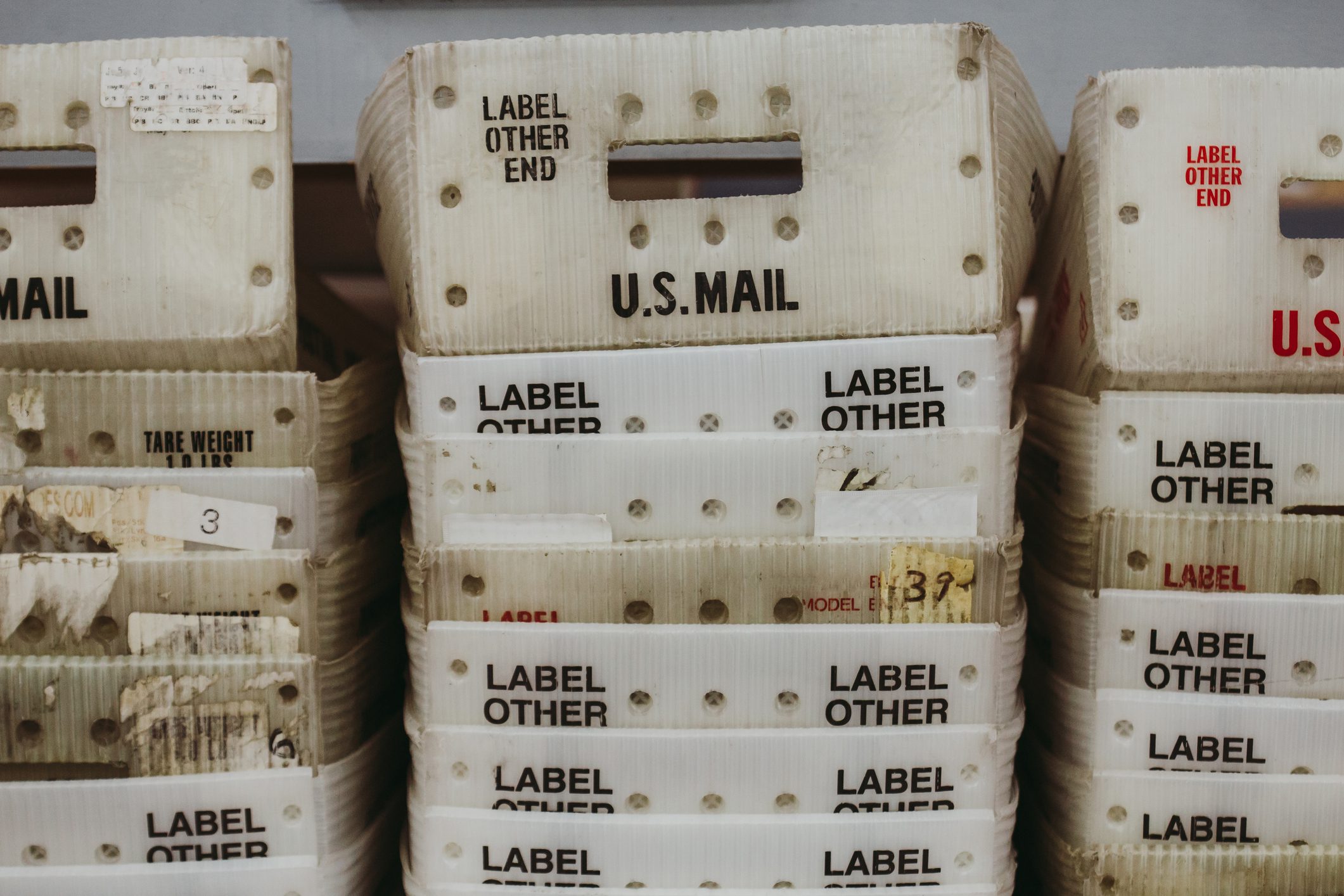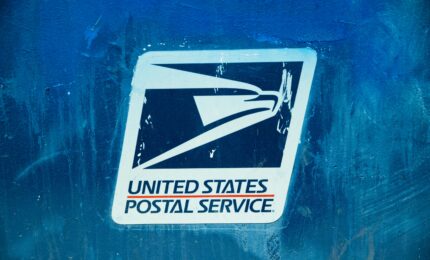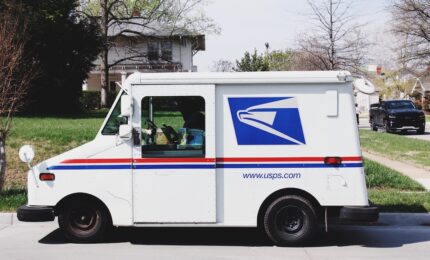USPS Standard Mail vs First Class Mail: A Complete Guide
By Paul Bobnak | February 19, 2025

When planning your direct mail campaign, the type of postage you choose – First Class or USPS Marketing Mail (also known as Standard Mail) – plays an important role in determining its success.
In case you were wondering: they are not pretty much the same. Each mailing class brings unique strengths, features, and requirements.
First Class’s biggest advantage is speed, with delivery in a few days for personal and business correspondence, bills, and statements, as well as marketing materials. It costs more but includes free forwarding and return.
Standard Mail’s biggest advantage is lower cost. Advertisements, circulars, and merchandise can qualify for presort rates when mailed at or above minimum quantities. Because timing isn’t urgent, a mailing campaign can target in-home delivery dates more than a few days in advance. However, free forwarding and return are not available.
So which one should you use? It depends on several important factors, including:
- The content of your mail piece
- The physical size of your mail piece
- The quantity of pieces your campaign needs to send
- The schedule of your direct mail campaign
- The budget for your campaign
In this post, we’re going to break down what you need to know about First Class and Standard Mail (USPS Marketing Mail) to make the right call.
What is First Class Mail?
First Class gets its name because it is the premier level of service offered by the USPS. Many people immediately think of postage stamps as the best example of this mail class.
First Class Mail Uses
Postcards, envelopes, flats, and small parcels (packages) can include anything mailable, including marketing materials or merchandise. However, certain types of materials must use First Class, such as:
- Bills
- Statements
- Personal correspondence
- Business correspondence
First Class Mail Specifications
These are the size and weight requirements for formats in First Class:
Letters
Dimensions: Minimum 3-½ inches by 5 inches to maximum 6-1/8 inches by 11-1/2 inches; weight: up to 3.5 ounces; thickness: minimum .009 inches to maximum 1/4 inches
Postcards
Dimensions: Minimum 3-½ inches by 5 inches to maximum 4-1/2 inches by 6 inches; weight: up to 3.5 ounces; thickness: minimum .009 inches to maximum .016 inches
Flats (Large Envelopes)
Dimensions: Minimum 6-1/8 inches by 11-1/2 inches to maximum 12 inches by 15 inches; weight: up to 13 ounces; thickness: minimum 1/4 inches to maximum ¾” inches
First Class Mail Time
First Class pieces mail at the highest delivery priority though not with a guaranteed time.
First Class Mail Pricing
Single-piece, commercial, and non-profit rates are available for single-piece as well as presort and automation. Two main requirements:
- 500 or more pieces
- Addresses run through National Change of Address (NCOA) and Coding Accuracy Support System (CASS)
Take care and watch your sizes! Letter-sized pieces that are square or have some other non-machinable characteristic can’t be mailed at machinable rates.
What is Standard (USPS Marketing) Mail?
USPS Marketing Mail was formerly known as Standard Mail. It was rebranded in 2017 to better communicate the value of the benefits of this class to marketers, but it is still sometimes referred to as Standard Mail. To start mailing with Marketing Mail, you need a permit from USPS. There’s an annual fee, but it can be waived if you barcode all of your mailings and submit electronic documentation.
Standard Mail Main Uses
Anything that’s not required to be mailed as First Class or Periodicals. These are postcards, envelopes, and flats that are or include marketing materials such as:
- advertising flyers and circulars
- newsletters
- bulletins
- political campaign materials
- catalogs
- merchandise
Standard Mail Specifications
In Standard or Marketing Mail, postcard-size pieces are classified the same as letters. Dimensions: up to 15 inches by 12 inches; weight: up to 16 ounces; thickness: up to ¾”.
Standard Mail Mail Time
In-home time windows are not guaranteed. Because First Class mail has priority, Marketing Mail delivery times can range from 5-20 days or more. Seasonal peak volumes and other factors may contribute to delays in getting these mail pieces processed and delivered by USPS.
Standard Mail Pricing
This class is called “bulk mail” for a reason: a campaign requires a minimum quantity of 200 pieces (or weight of 50 pounds) to qualify. As far as Standard or Marketing Mail pricing goes, there is no single postage rate that covers all commercial or non-profit mail. Rather, it depends on weight, size, how many pieces go the same ZIP codes, and other criteria.
What is Non-Profit Marketing Mail?
Many non-profit organizations may be eligible for mailing at special rates. However, political candidates, local committees, and campaigns do not qualify. They must pay commercial Marketing Mail rates.
To apply for approval to mail at Non-Profit Marketing Mail rates, non-profits need to complete USPS Form 3624.
Non-Profit Marketing Mail has the same requirements as on the commercial side except for:
- Restrictions on some content
- Markings (e.g., indicia) showing non-profit status
- Organization name & address prominently displayed
USPS Publication 4117 describes the full requirements for non-profit Marketing Mail.
Which mailing class should marketers opt for?
While we covered a lot of details about First Class and Standard Mail (USPS Marketing Mail), that’s only scratching the surface.
It’s fair to say that deciding between First Class and USPS Marketing Mail comes down to deciding which of two factors is more important to you: time or money.
Time is Priority
First Class Mail saves you time. Many direct mail campaigns are highly time-sensitive. Offers and sales promotions need to get to customers on time to be acted on.
Some examples:
- holiday mailings
- end-of-year sales
- special non-profit fundraising appeals
- bills and statements
On-time in-home delivery is also crucial for omnichannel marketing. Some campaigns depend on IMb tracking of a mail piece to be triggered. And programmatic mail – sent out based on a customer’s online behavior – needs to arrive at their mailbox sooner rather than later.
Bottom line: Without reliable and predictable deliverability, your entire campaign is at risk of not achieving the ROI you want.
Bonus: Using First Class also includes free return and forwarding services – unlike Marketing Mail (which requires payment). This will save you money (and time) on follow-ups or future campaigns.
Money is Priority
Standard Mail (USPS Marketing Mail) saves you money, especially when considering large-scale campaigns. Because the timing isn’t urgent, you can relax just a bit. Focus on planning as early as possible – starting with estimating your postage cost using a USPS tool. Then – after considering your projected in-home delivery times, get your mail piece printed correctly, and then sent off to USPS.
Bottom line: Your savings on campaigns can be substantial simply by following USPS guidelines to prepare and bulk mail with Marketing Mail. As long as you are willing to start early and invest on the front end, large campaigns can be mailed economically.
Wrapping it up
Choosing a mailing class when planning your direct mail campaign involves making a lot of choices. And to make the right decision, you need the most accurate, complete, and up-to-date information.
At mailing.com, our mailing experts use a 1-to-1 approach to advise you on the best mailing options for your campaigns. Our USPS in-house verification and Seamless Acceptance means that your mailings fully comply with standards. Contact us today to find out more – we’d love to hear from you!
Editor’s Note: This post was originally published in November 2021 and has been updated for accuracy and comprehensiveness as of February 2024.


